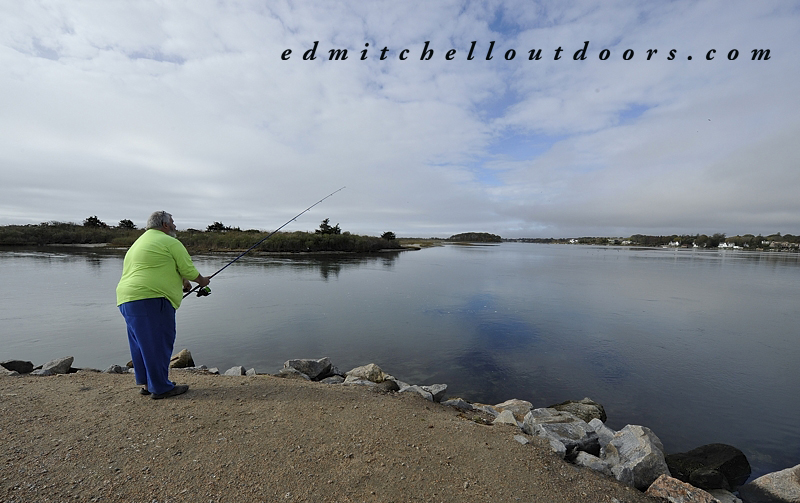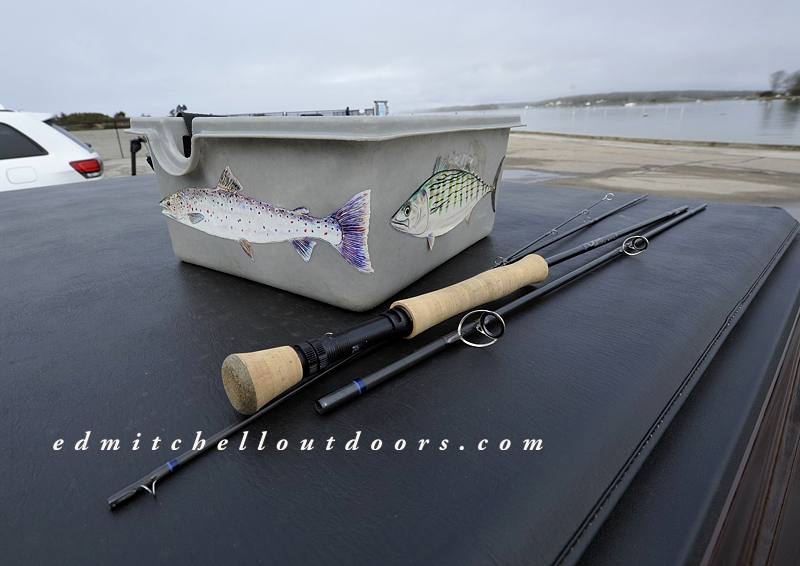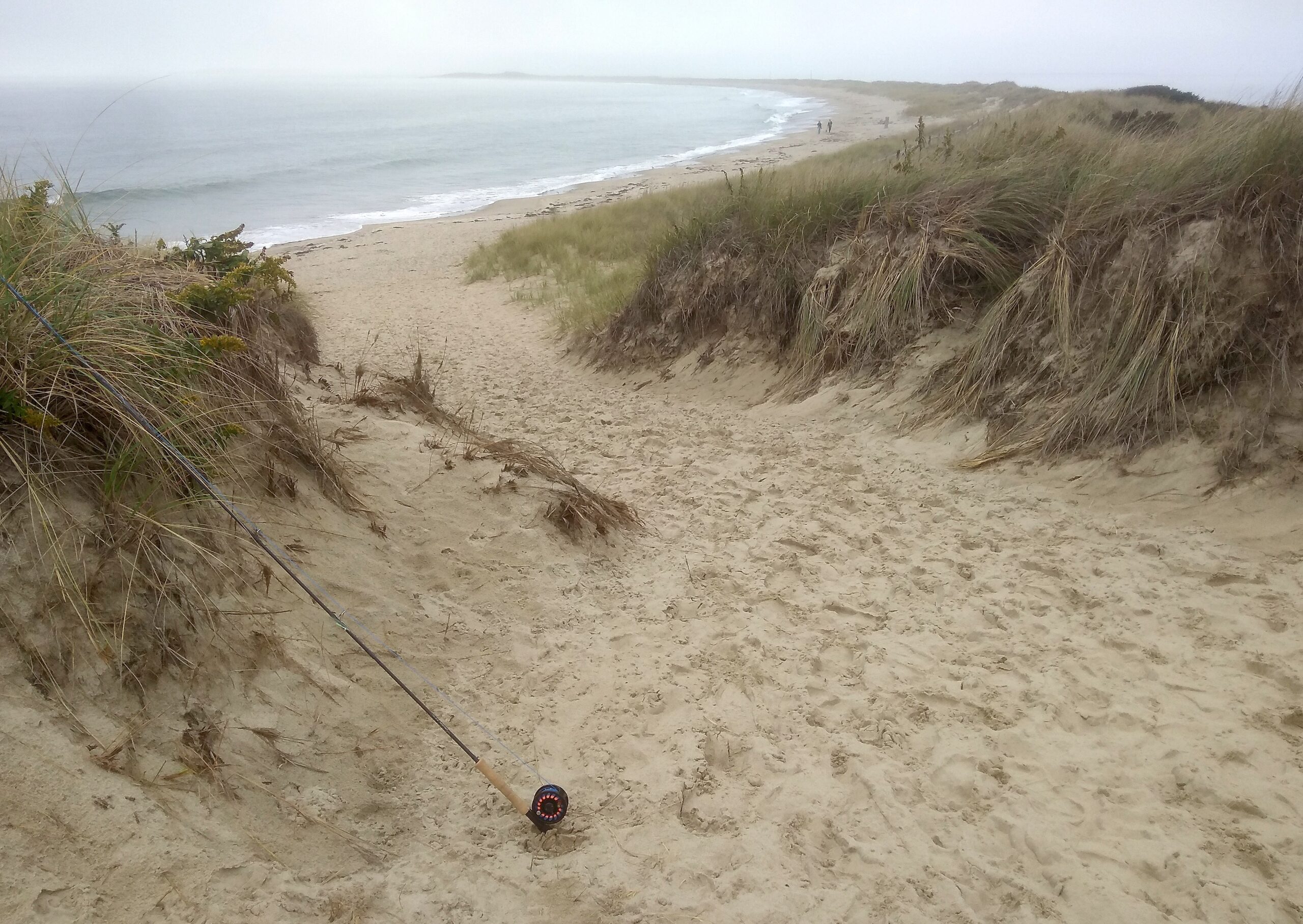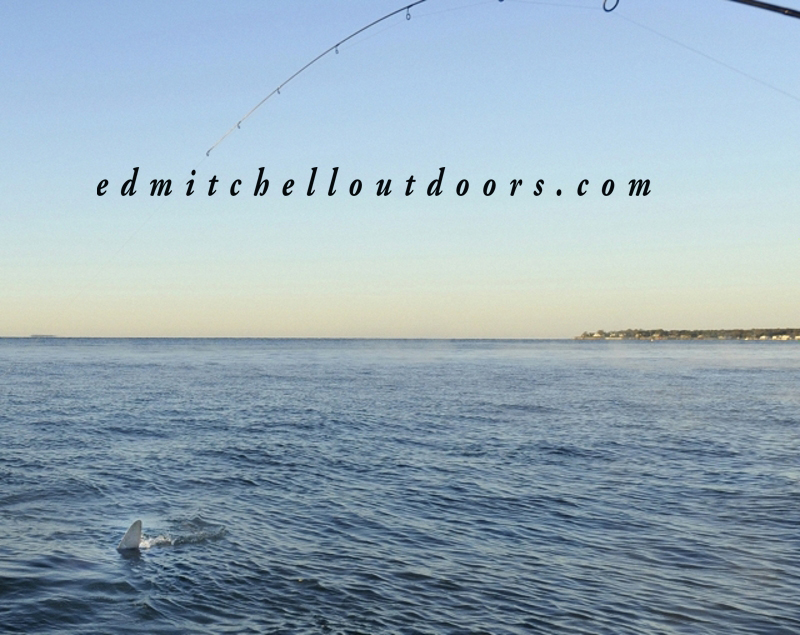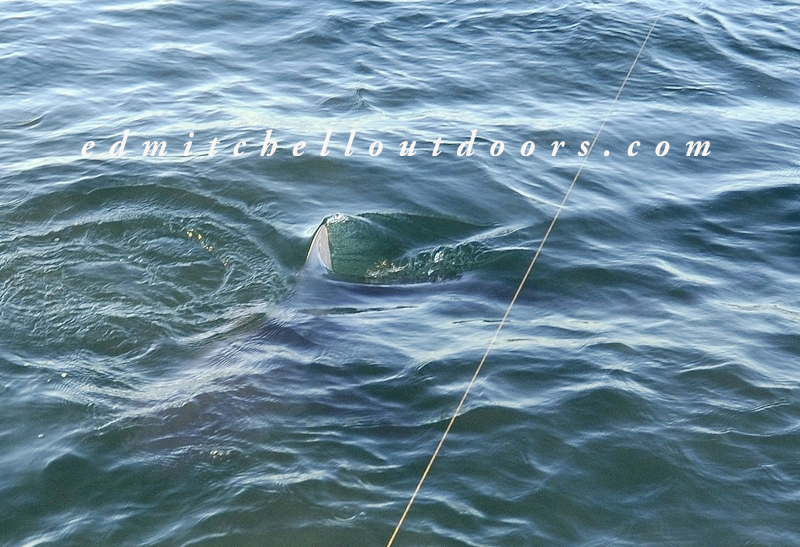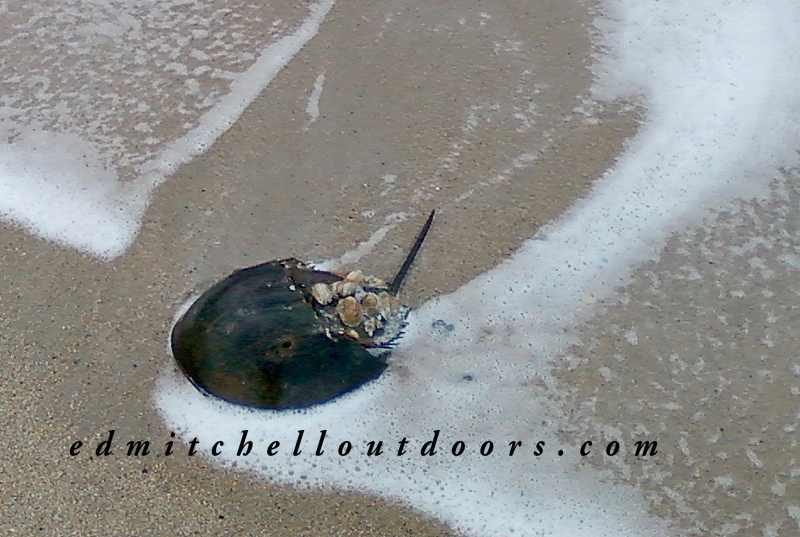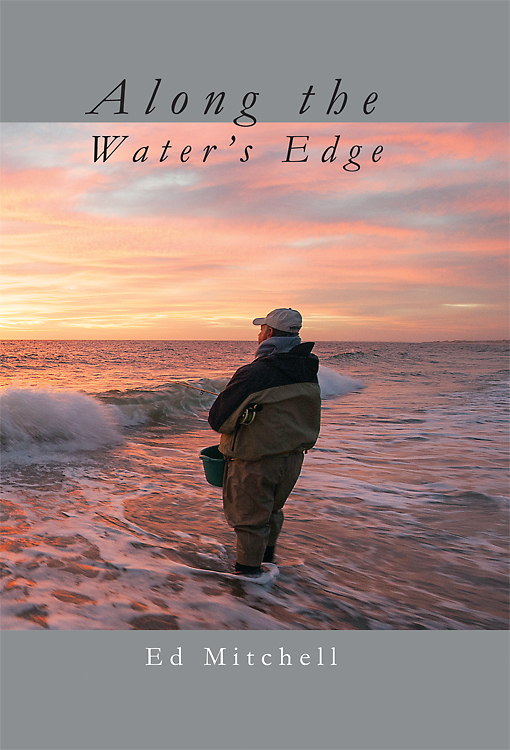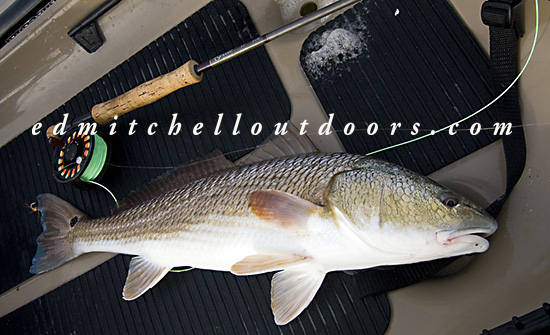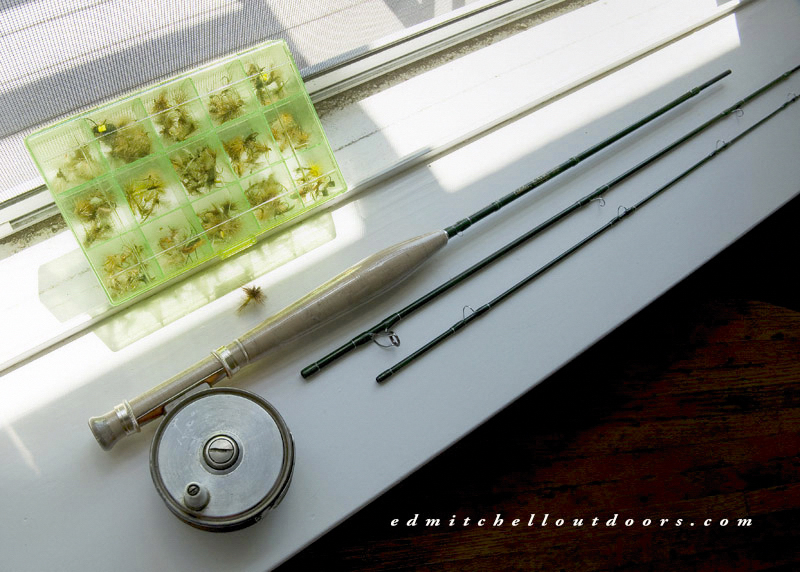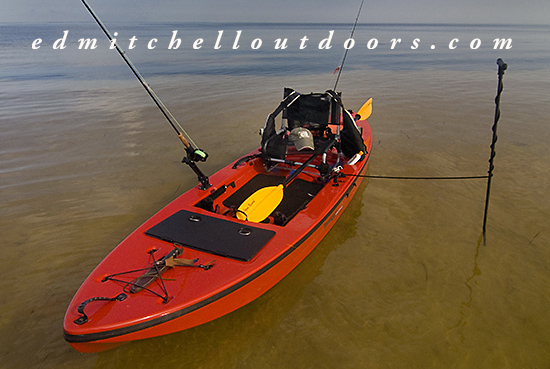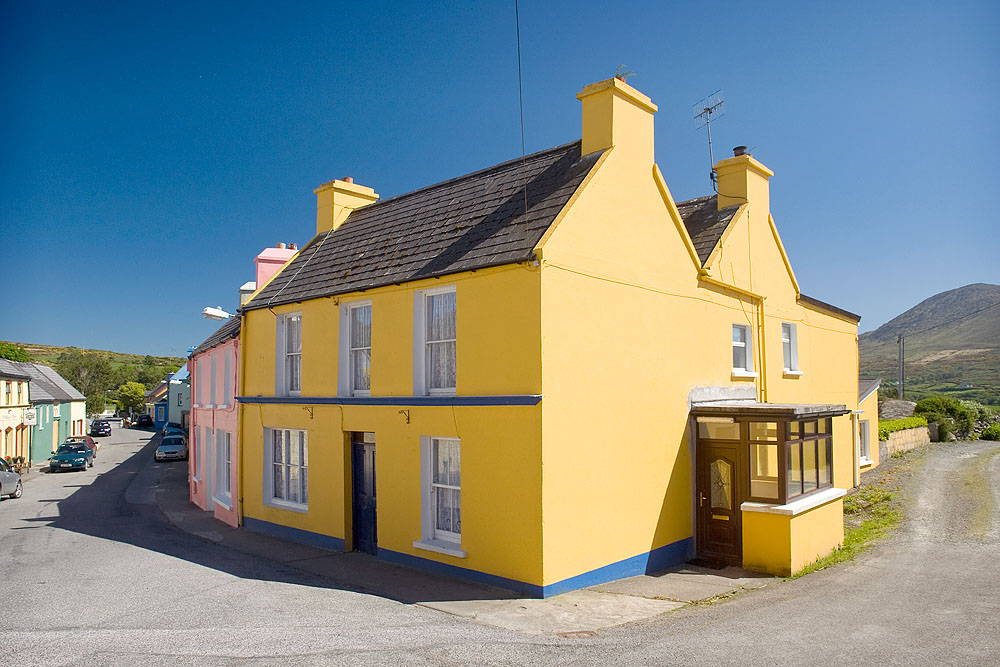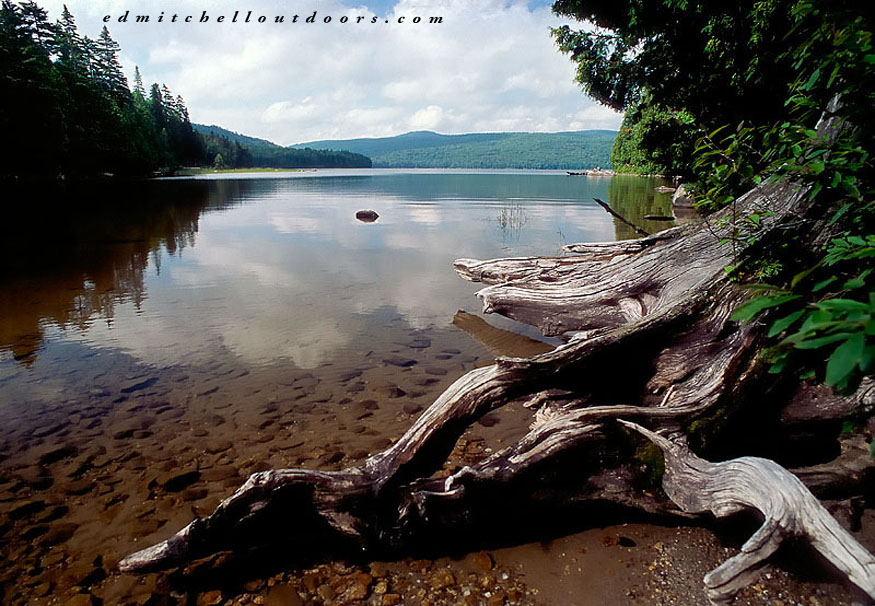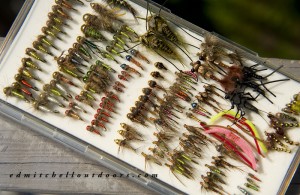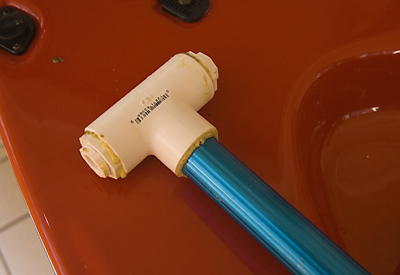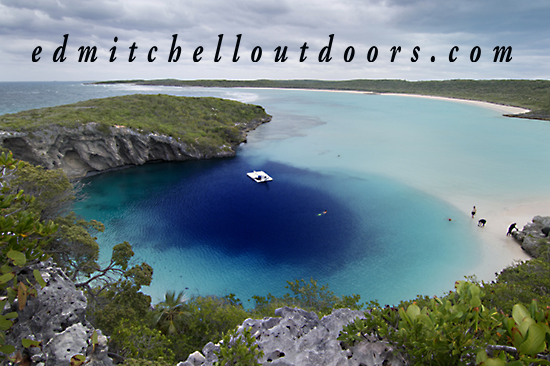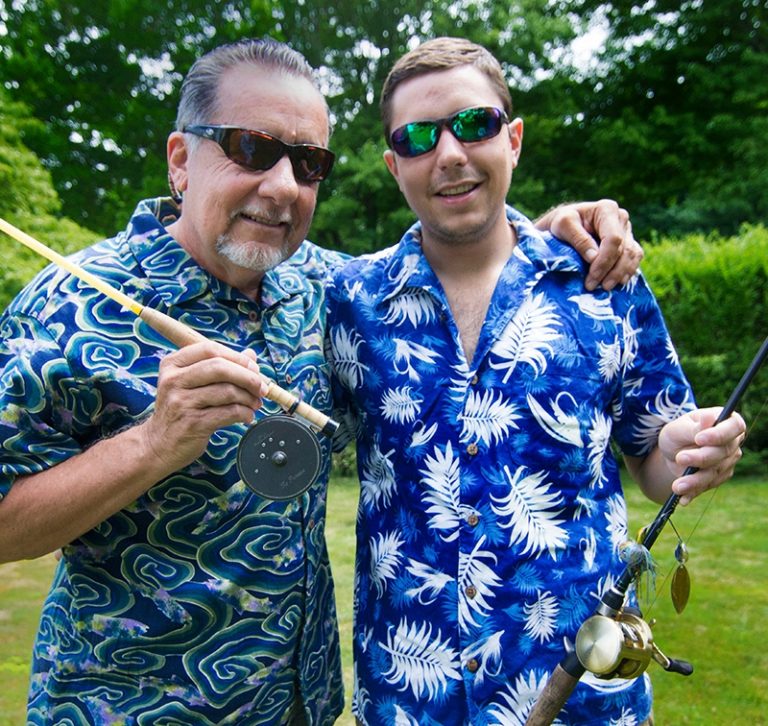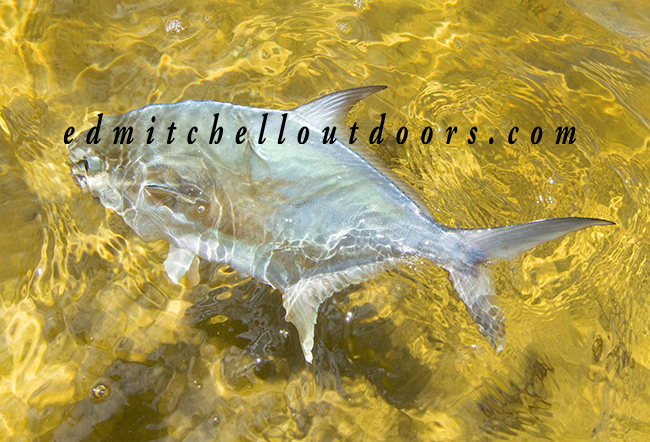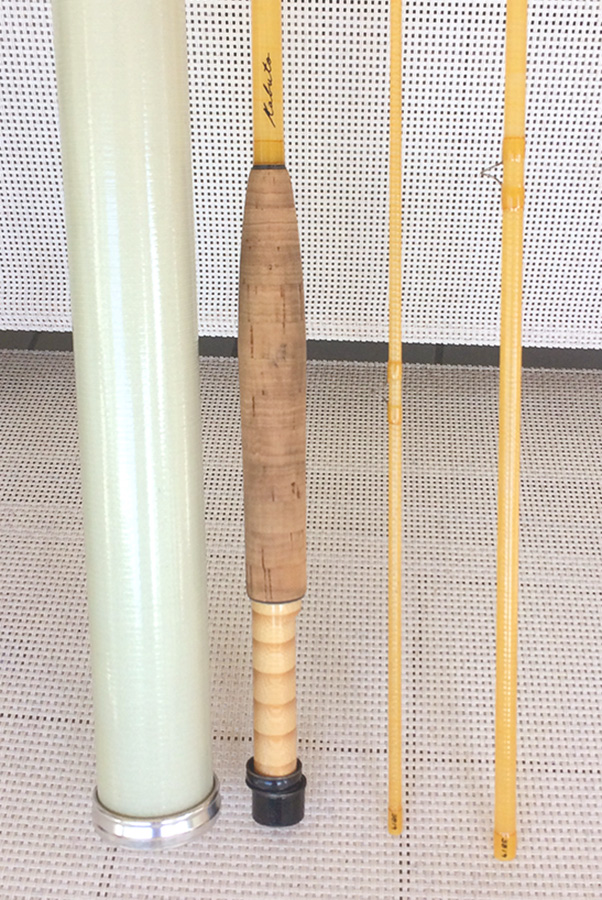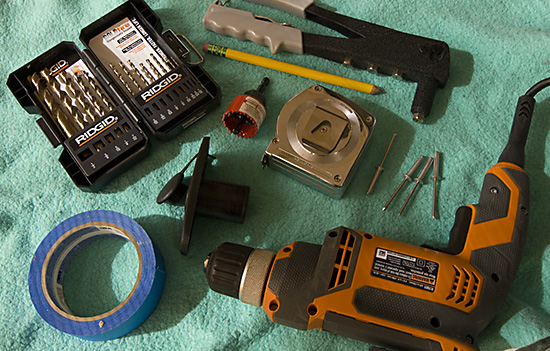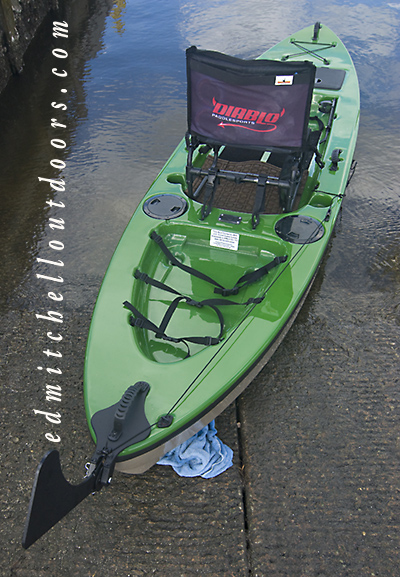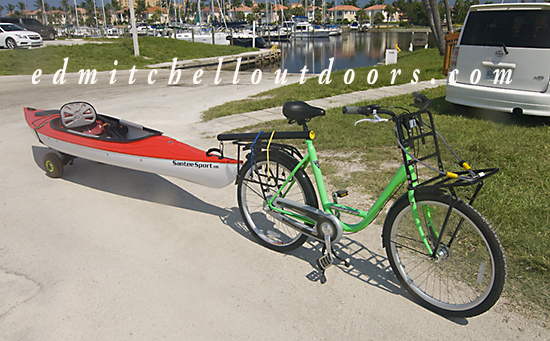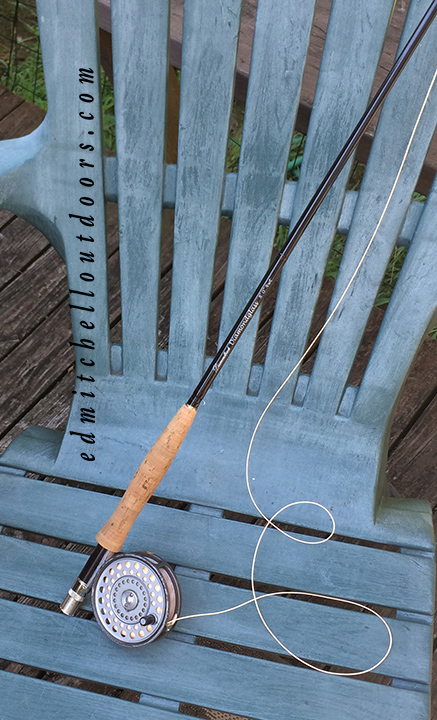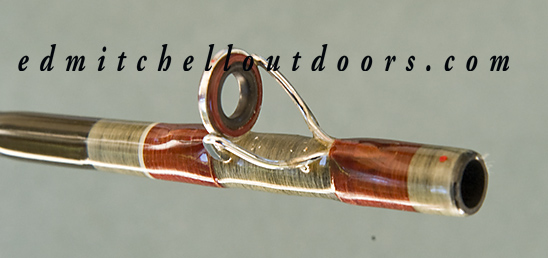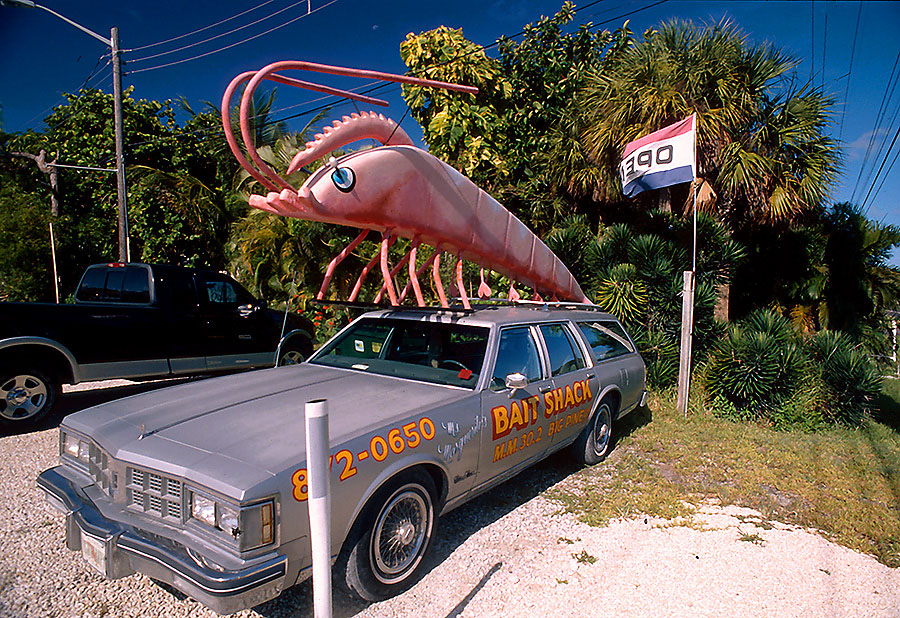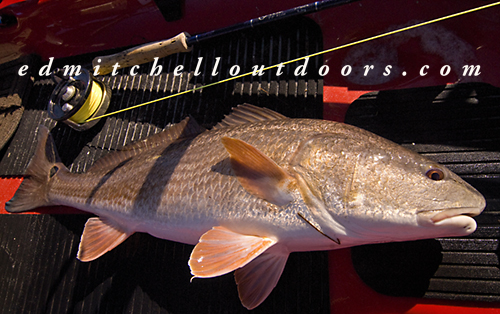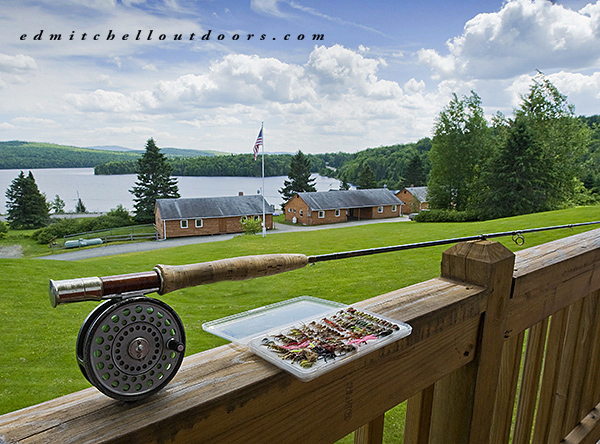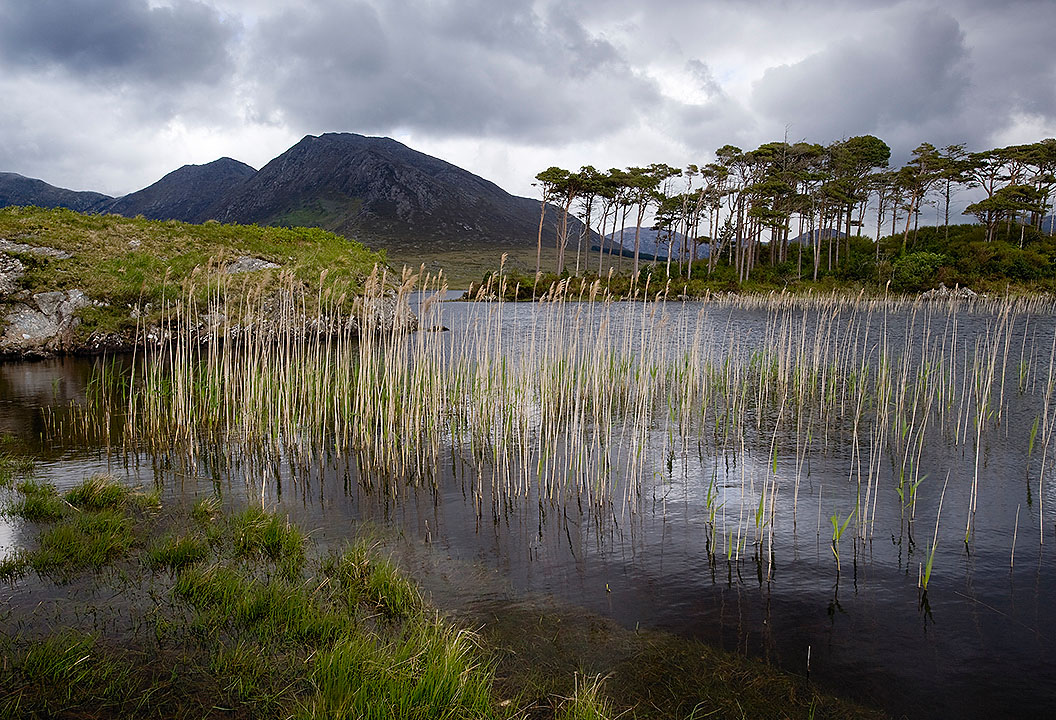Took the Kayak to Pine Island
Wonderful weather yesterday. Amazing for late October. Threw the kayak in the truck and aimed the windshield at Pine Island over by Bluff Point. By the way if you’re hauling a kayak that extends beyond the flatbed in your truck be sure to drape a warning flag at the far end. Believe me without it, on a quick stop the car behind you may pay an unwanted visit. Don’t let it happen.
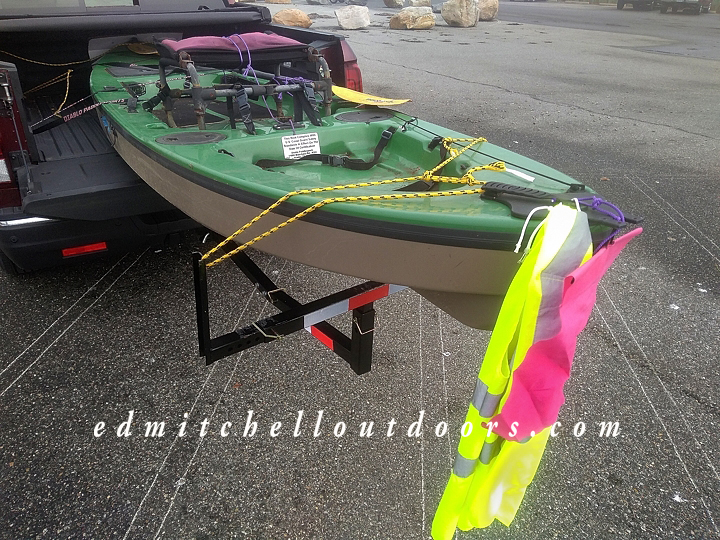
Kayak Flag
I knew that Pine Island was fogged in heavy. So I delayed a bit hoping the fog would lift. No such luck. The water was socked in solid. And get this: my kayak’s radar unit was in the repair shop. Wait a freaking minute! I don’t have a radar unit! LOL With near zero visibility, I didn’t dare paddle out front. Boats often don’t see kayakers even in clear conditions. No sense tempting fate.
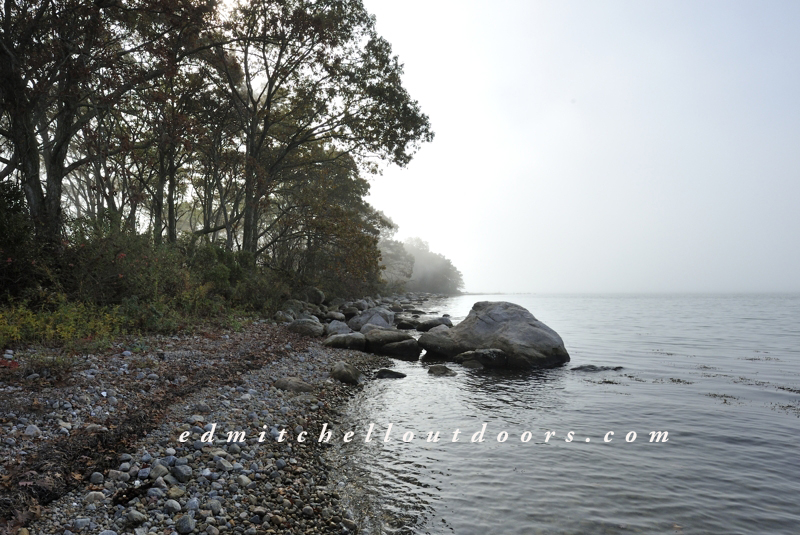
Fog Lifting a Little
With that in mind, I decided to tuck around the corner into the Pawcatuck. Nice water back there. Loaded with bait. Once I arrived I got out, slapped on a stripping basket and waded the shore. Very peaceful. Fog lifting a little.

Walking the Beach
After a time I decided to travel farther back in the river. A fine day to explore. Found a few small bass on a flat. I could see them wandering around. But once again the bite was nothing to write home about. Still a glorious day on the water. Enjoyed it big time.
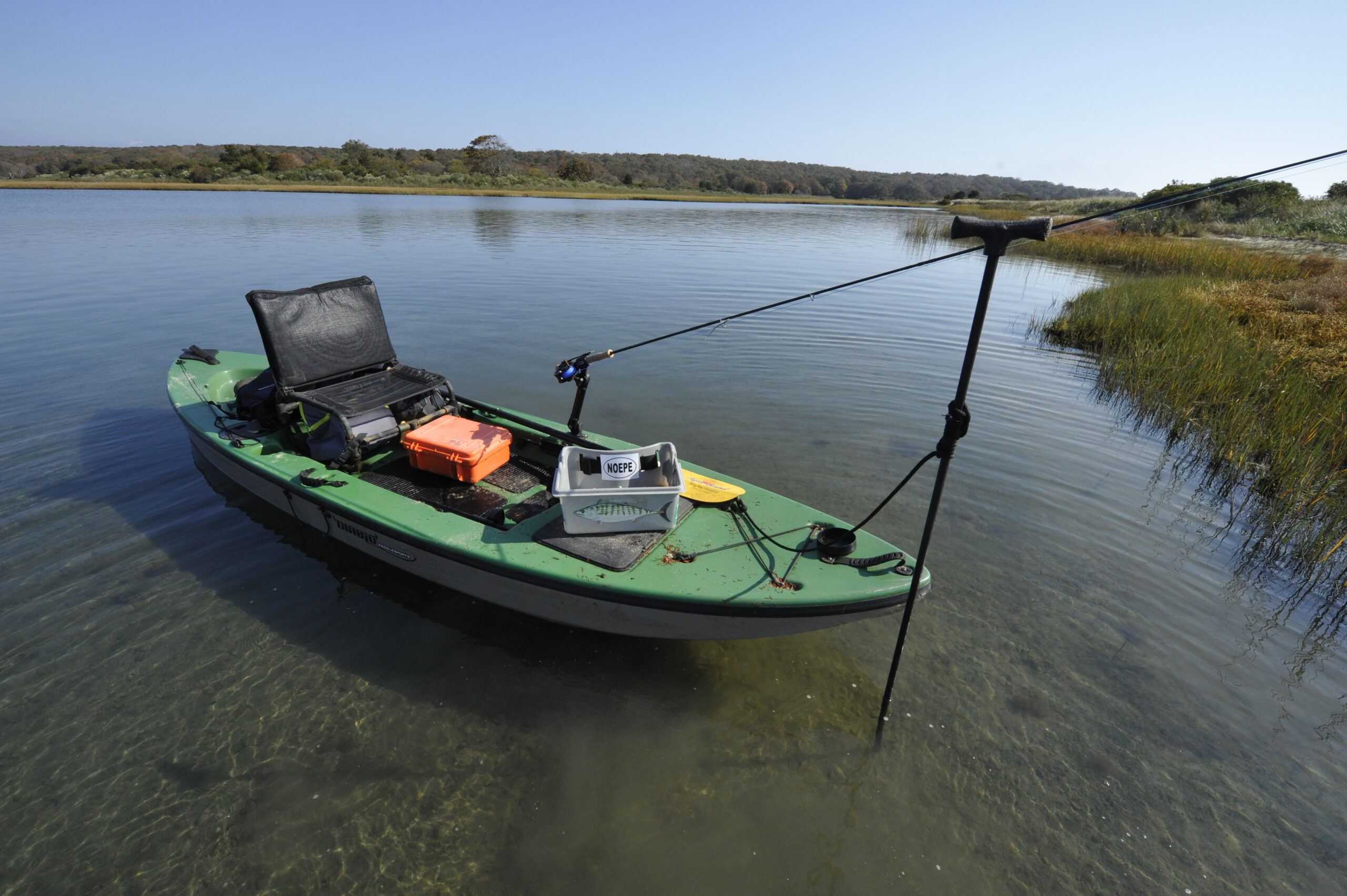
Around me the spartina grass was rusting, a sure sign of the year’s ebb. Ahh….the salt marsh in Autumn. Hey, the earth is tilting away from the sun. And old man winter is lurking in the wings, my friend.
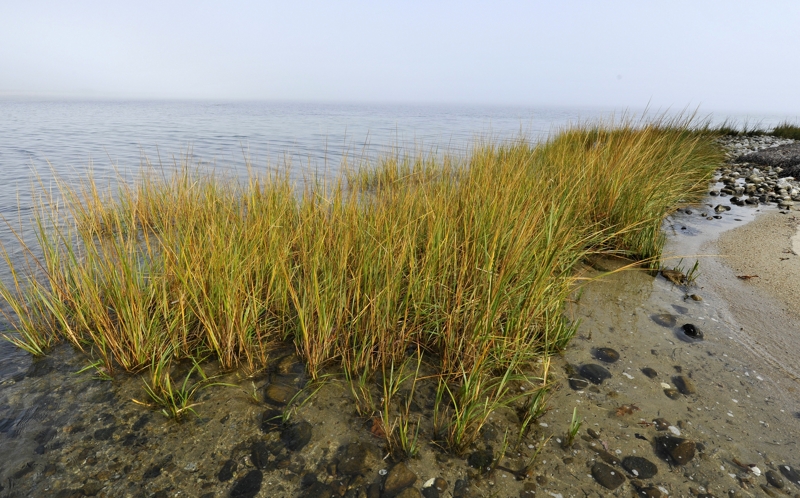
The Spartina Grass is Rusting
Well all-in-all it proved to be another slow day. Hey fishing is wishing. What fly was I using? I was seeing large silversides so I stuck with a simple streamer pattern. And I fished all day with my Meridian 7wt. This rod is a jewel. Am I thinking the fat lady has sung? Na. I have high hopes the season isn’t over yet. Hell the water temperatures are off the chart! There may be bass action into yule time.
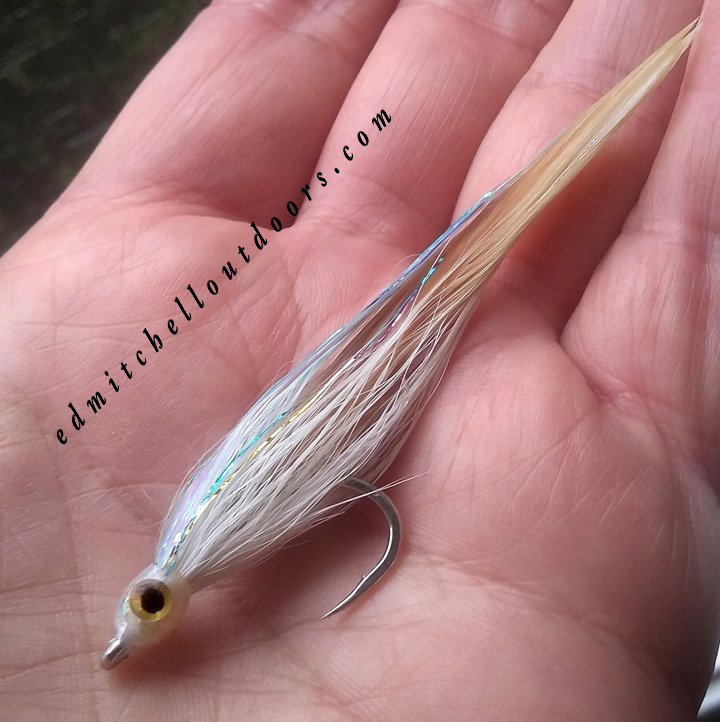
The Fly Du Jour

